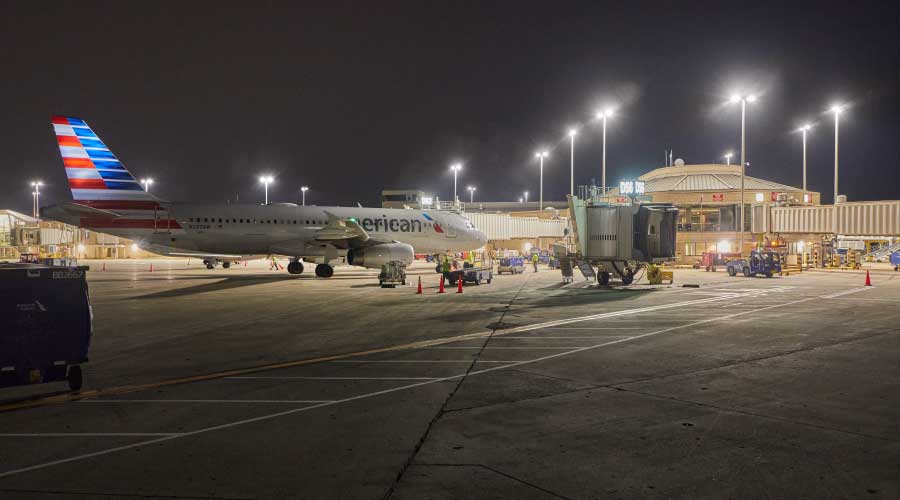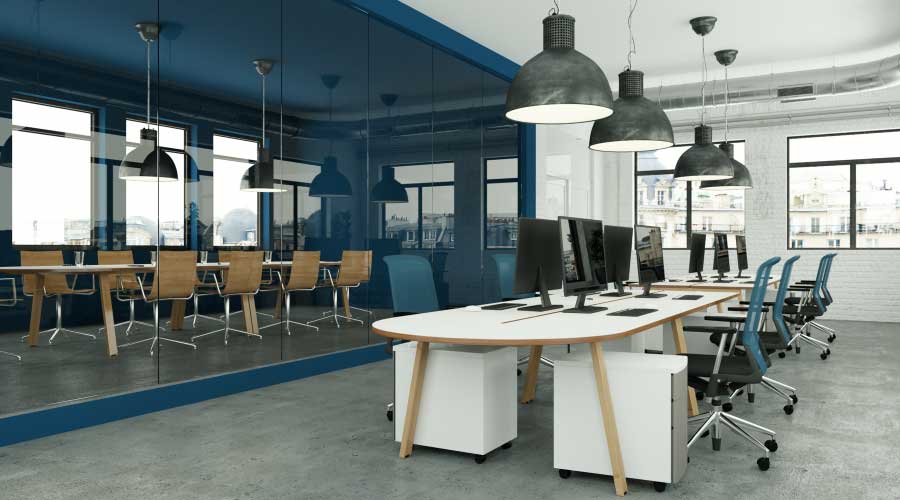Lighting Controls: Daylight Harvesting and Dimming
Daylight harvesting occurs when a photosensor measures task illumination and signals a control to adjust light output to maintain the desired task-light level. Daylight harvesting is mandatory for certain spaces under California’s Title 24 energy code. Few other similar codes have the same requirement, but the situation is likely to change in coming years.
A basic photocontrol system starts with a photosensor that measures task-light levels in areas receiving daylight — spaces near windows and skylights — and signals a controller to adjust the lighting system’s light output when it reaches a target.
The control mechanism can be a dimming ballast that continuously tunes light output to maintain a set light level, a stepped-dimming system that changes light levels with smooth transitions between several points, or a switching control that operates the lights.
Because an effective daylight-harvesting control system saves energy and operates virtually unnoticed by occupants, dimming tends to work best in spaces where occupants perform stationary or critical tasks, where daylight provides only part of the required light level or its contribution is variable, and where light fixtures must be mounted in the normal field of view. As with other controls, energy savings vary by application, but daylight-harvesting controls can produce 35-60 percent energy savings, according to the New Buildings Institute.
Architectural Dimming
Business benefits other than energy savings — such as increased performance and flexibility — might drive lighting upgrades. Architectural dimming can achieve these goals.
For example, architectural dimming can adapt lighting to multiple uses of a space, such as a conference room, gymnasium, ballroom or house of worship, or to evolving needs resulting from employee turnover and strategies, such as hoteling and hot-desking. Managers also can use flexibility in selecting light levels for setting a mood in restaurants and similar applications, as well as enhancing aesthetics and image.
These benefits often are harder to quantify than energy savings, but they contribute tangibly to the bottom line.
When specifying architectural dimming for an application with multiple switch-legs that create a layering effect with the lighting, managers can consider preset, or integrated, dimming. This strategy consolidates multiple dimmers into one keypad-based dimming-control system. Operators can program each keypad, or control station, to create repeatable lighting scenes they can recall at the push of a button. Operators can build networks relatively easily with these controls and integrate them into larger control stations.
Related Topics:













